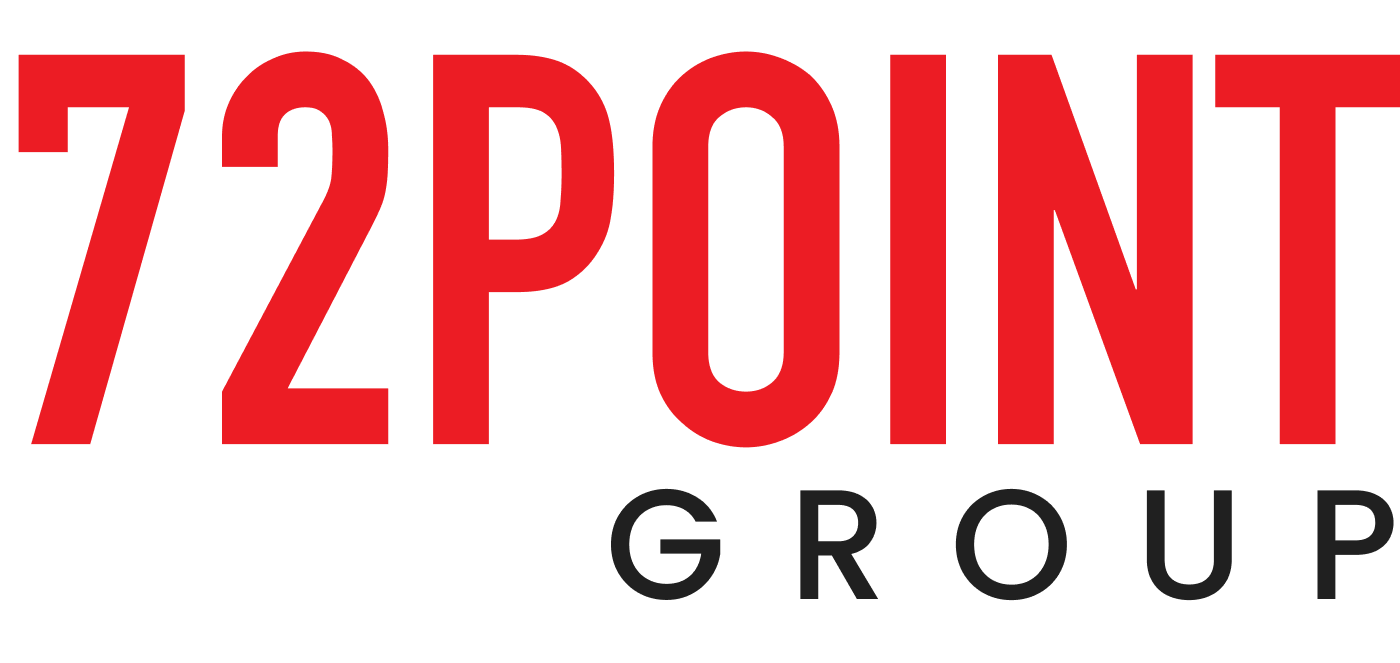
Can you just email it, please? Six words to send a shiver of dread down the spine of any PR when attempting to “sell-in” a story to a national newsdesk. It almost certainly means that cleverly tricked out idea or cheerfully penned piece of copy is heading for the email queue graveyard, unloved and almost certainly unread.
But perhaps the issue lies in the very phrase “sell-in” – and the alarming lack of a working knowledge of how a newsdesk works.
I should know…I ran one for a decade and had exactly the same attitude to the daily avalanche of well-meaning but ultimately futile calls from PR executives.
A newspaper is not a blank canvas of opportunity to be filled with PR “puff”, rather, at least in the opinion of the journalists manning its newsdesk, it is a limited space on which they aim to paint a daily masterpiece.
Everything must be there on merit. Every line, every column inch must be hard earned. The same golden rule applies to their online counterparts. Content must match the digital DNA of its host. Anything that does not will jar with an online editor.
The step from national newspaper journalism into PR is a very small and indeed logical step to take.
But for many it represents a yawning chasm with an ‘us and them’ mentality that frequently sees the two sides who should, perhaps, be working hand in glove instead diametrically opposed and pitched as polar opposites.
How can this gap be bridged? Put simply by working hard to understand the mind-set of the national papers and the staff who populate them.
By their very natures, news editors are a tough and cynical bunch. There is little a grizzled desk veteran will not have heard during his or her career. They’ll have heard every pitch, every nuanced subtlety deployed to chisel some space in the paper. And chances are, a call redolent with cheery bonhomie will be the last thing they need at 10.45am as they battle to build a newslist that will impress an editor.
Similarly, an online news editor will be bombarded by pressure – working at enormous speed while attempting to make sure every paragraph is accurate and every line sings.
That is why every decent PR would benefit from time spent in a newsroom environment. An opportunity to witness the ebb and flow of a day at the editorial coalface. A chance to witness:
- How a newslist evolves, who is likely to give them the time of day and when.
- The pressures brought to bear by editors and their executive teams.
- The immense speed at which stories are published online.
Much of the problem is caused by the very different timelines in play. A PR exec may have spent six weeks working towards building the “perfect” pitch. Gathering the information, writing the copy, ensuring all is approved by the client – only for it to be dismissed in a matter of seconds by a harried news editor working at warp factor 10.
Understanding the news agenda on any given day is utterly crucial as well. No newsdesk journalist will give a PR their attention while a terrorist atrocity is unfolding. Equally, sometimes a well-delivered light and frothy pitch might be the perfect riposte to the grim horror that seems to haunt our newspapers and websites in these troubled and uncertain times.
Timing is all. Freelance journalists are masters of this, understanding the right moment to call in with their offerings. They have this advantage because they have virtually. all worked in a newsroom environment and there really is no substitute for that.
Even the jargon is completely different…as with any industry, journalists and PRs have their own patois of acronyms and buzzwords, but for two professions seemingly so closely aligned, I have been taken aback by quite how different the methodology and mantras are.
News is gathered organically, and no one can have complete control over how it will grow during any given day.
News editors and journalists, in general, are perpetually one call away from triumph when a story works, or staring into the abyss if a front page splash crashes and burns.
They are expected to keep dozens of plates spinning simultaneously and to move with devastating speed when a story breaks because time is their greatest enemy.
It is only close up that the frenetic pace of a busy newsroom can be truly understood.
It is only through experience that the alchemy of turning newsprint into newspaper can be fully appreciated.
At 72Point working alongside a newsroom is an undoubted advantage. Having the SWNS Group as our parent company means we are in hourly contact with our content users, and actually being able to immerse staff in a newsroom environment with newsroom attitudes gives them an invaluable insight into how the media works.
